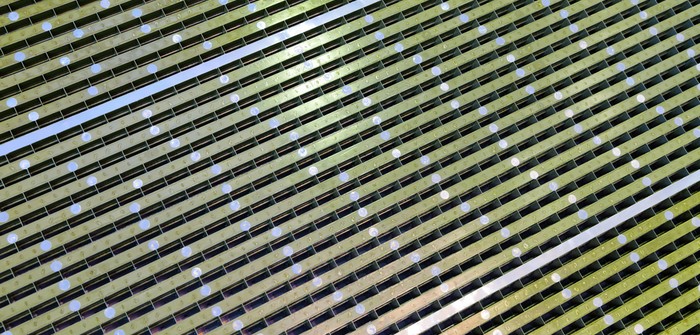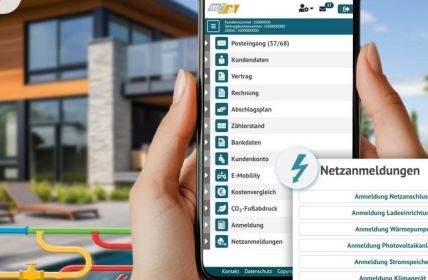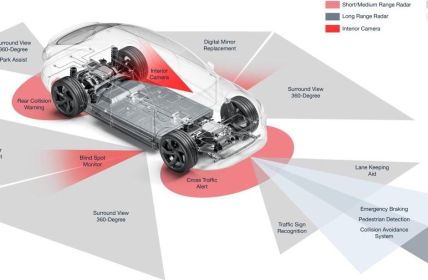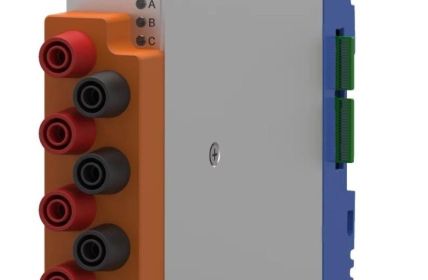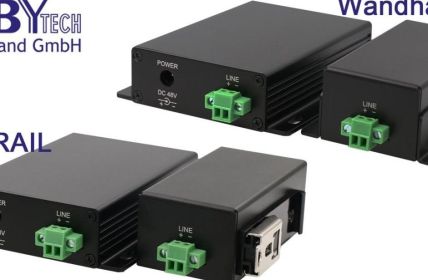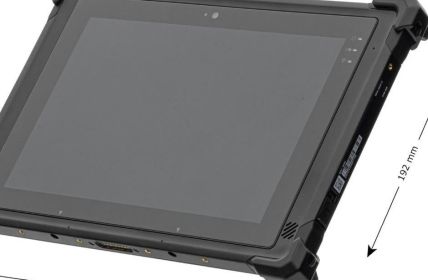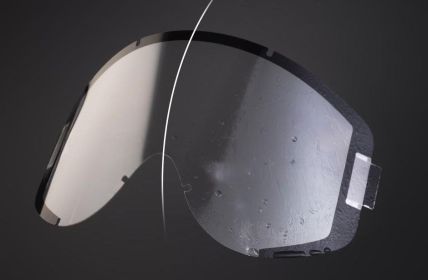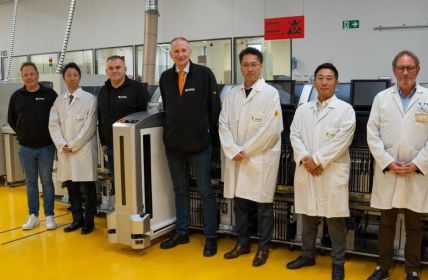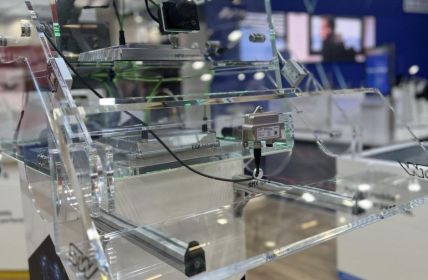Researchers at Princeton University in the US have succeeded in developing 6G-capable phased array antennas in a thin-film solution. They can be used to achieve better data transmission in 5G IoT networks and even enable 6G services in the future.
Table of Contents: What awaits you in this article
IoT: Trend but vulnerable
The Internet of Things and its much-vaunted fantastic possibilities are on everyone’s lips, but minor issues are still preventing it from finally establishing itself as a smoothly running standard. More and more areas of application for the new technology are being conceived, but at the same time it is suffering from a lack of fundamentals. On the one hand, ideas are being developed for real-time applications, such as medical implants that can send their measurement data to doctors, hospitals or even just smartphones. AI-supported industrial plants that communicate with their operators and can be maintained in a predictive manner with regard to performance, material requirements and wear and tear. Or household appliances, such as intelligently networked refrigerators, heaters or ventilation systems that can be operated remotely or fully automated. On the other hand, all these modern products are still heavily dependent on how well developed and reliable the network supplying them is around them. Not to mention the security aspects in many cases.
6G-IoT: New reliable data transmission paths sought
Researchers at Princeton University have therefore set themselves the task of finding ways and means of closing such radio gaps in the future. The scientists suspect that large electronics could be the saving key for this. They therefore tried to connect as many semiconductors as possible in series on elastic and versatile bases. But this practical test unfortunately did not produce the desired results.
The problems in the experiment already fed from the basic designs of the related materials. Standardized, silicon-based semiconductors can transmit in high 5G-compatible radio ranges, but they cannot be designed indefinitely. At most, they can be fabricated in a few centimeters of width. Even their energy-efficient circuitry in fields called arrays did not produce the desired effect. In the end, the integration of hundreds of small microchips was simply too cost-intensive, they did not work reliably enough and were not really scalable.
IoT-6G: phase-controlled thin-film technology as a solution
The solution to this problem could be found in thin-film transistors. This is a technology that has been tried and tested and reliably used for many years. It is used primarily in computer monitors and LCD screens. The researchers modified this technology so that it can be used for wireless applications. In the process, the electrical engineers built a 30-centimeter-long array of antennas made of zinc oxide thin-film transistors in a phased array.
The hallmark of phased arrays of antennas is the ability to transmit narrow-beam signals. Here, the transmissions can be digitally programmed to specify desired frequencies and destinations. Each antenna in the group transmits signals to another antenna with a predetermined latency. The resulting superposition results in a continuous electromagnetic beam. The transmissions, which can be steered in any required direction, enable a wireless end-to-end connection.
Phased Array Antennas: Promising practical applications
Phased array antenna technology is not a new development. Its use in various long-distance communication systems has been observed for decades. It can be found in mobile radio systems as well as in radar technology or satellites. However, the disruptive innovation that the computer engineers at Princeton may have succeeded in is the implementation of the technology in flexible and large-area materials. In the experiment, the product was tested in a glass solution. But plastics would also be conceivable as a basis. For example, the researchers believe they will soon be able to incorporate their antennas into a type of new wallpaper. This could then be used to connect not only normal IoT-enabled end devices for room climate monitoring or mobility tracking more securely, energy-efficiently, quickly and cost-effectively. It could also be used to line real estate or aircraft surfaces.


